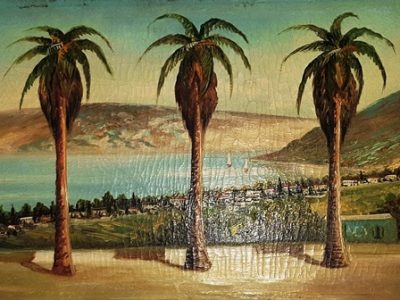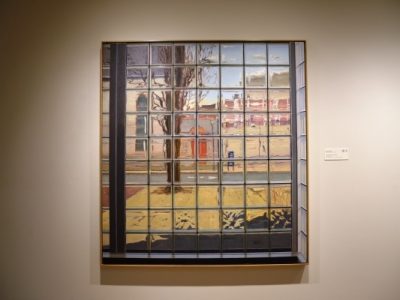Ada Lovelace
The Mother of Computer Programming

Of late, at least in my world, the impact of women in technology has become something of a topic de jour. Are women in technology, yes we are! Do we impact technology, indeed we do! Have we made a meaningful contribution to technology, we have and we continue to do so daily.
I do not know if you saw last year’s Oscar nominated film, Hidden Figures, if you have not, may I recommend that you do; not only is it entertaining, but also inspiring. It addresses an overlooked group of women, known literally, as computers, who left their mark not only on the space race but in the world of technology, in general.
As with so many other areas of history, the contributions of women in technology are often misrepresented or completely ignored. From its inception, women have been a part of the world of computing.
Are you familiar with Ada Lovelace, do not let the name fool you. If you have not heard about Ada, it is my pleasure to introduce you to the Mother of Computer Programing!
Ada is known to be the first programmer of a computer. She was born in 1815, in London, England, to Anne Isabella Milbanke and Lord Byron. Yes, the Lord Byron.
You may wonder how did the daughter, one of the greatest British Poets, become known as the first programmer? Well, of course, we have her mother to thank.
Ada’s mother, Anne Isabella, separated from Lord Byron shortly after Ada was born. Lord Byron would leave England and Anne Isabella would be left to raise Ada by herself. Lord Byron would die when Ada was eight years old. During this time period, Lord Byron was known to have had numerous affairs with men and women, fathered children out of wedlock, marry his half-sister and have a large amount of debt. Anne Isabella considered Lord Byron to be insane, and did not want their daughter to follow in her father’s footsteps; thus she would steer Ada’s life toward mathematics.
While Ada was a mathematician, she was also known to be a writer, which personally I believe gave her the ability, to be able to look, at the first computer, known as the analytical engine, and understand that the machine could be used for something more than calculations. Thus she would be known to be the first programmer because she would write the first algorithm.
Ada came to work on the first computer, through her private tutor, Mary Somerville, who knew Charles Babbage, the man considered the father of computers. In 1833, when Ada was 17 years old, Mary Somerville introduced her to Charles Babbage. Ada was a mathematical genius, who soon impressed Babbage; they became close friends, as well as a colleague. Charles Babbage had designed an analytical engine; Ada Lovelace would create an algorithm that would allow it to calculate Bernoulli numbers.
She also corresponded with Babbage, and translated materials to support the work he was doing, as well as recording for posterity, the first computer program, its architecture and algorithms.
Ada would come to recognize that computers could be applied to more than making calculations. She foresaw the collaboration between man and machine, and believed that life applications would be forthcoming in the world of technology.
Often, when I think about such figures, I wonder how they might feel if they saw what became of the work they pioneered. Would they look at a smart phone and say, of course, I knew that could happen! Or would they sit aghast, in a state of shock, at what we have done with drones that are able to launch attacks on people, thousands of miles away?
Their legacy is our inheritance, and women we not only helped to set that first table, but we sat at one of the captain’s chairs! There is room for women in technology and we do belong in the laboratories as well as the board rooms – we are Connected!







1 comment for “Connected”